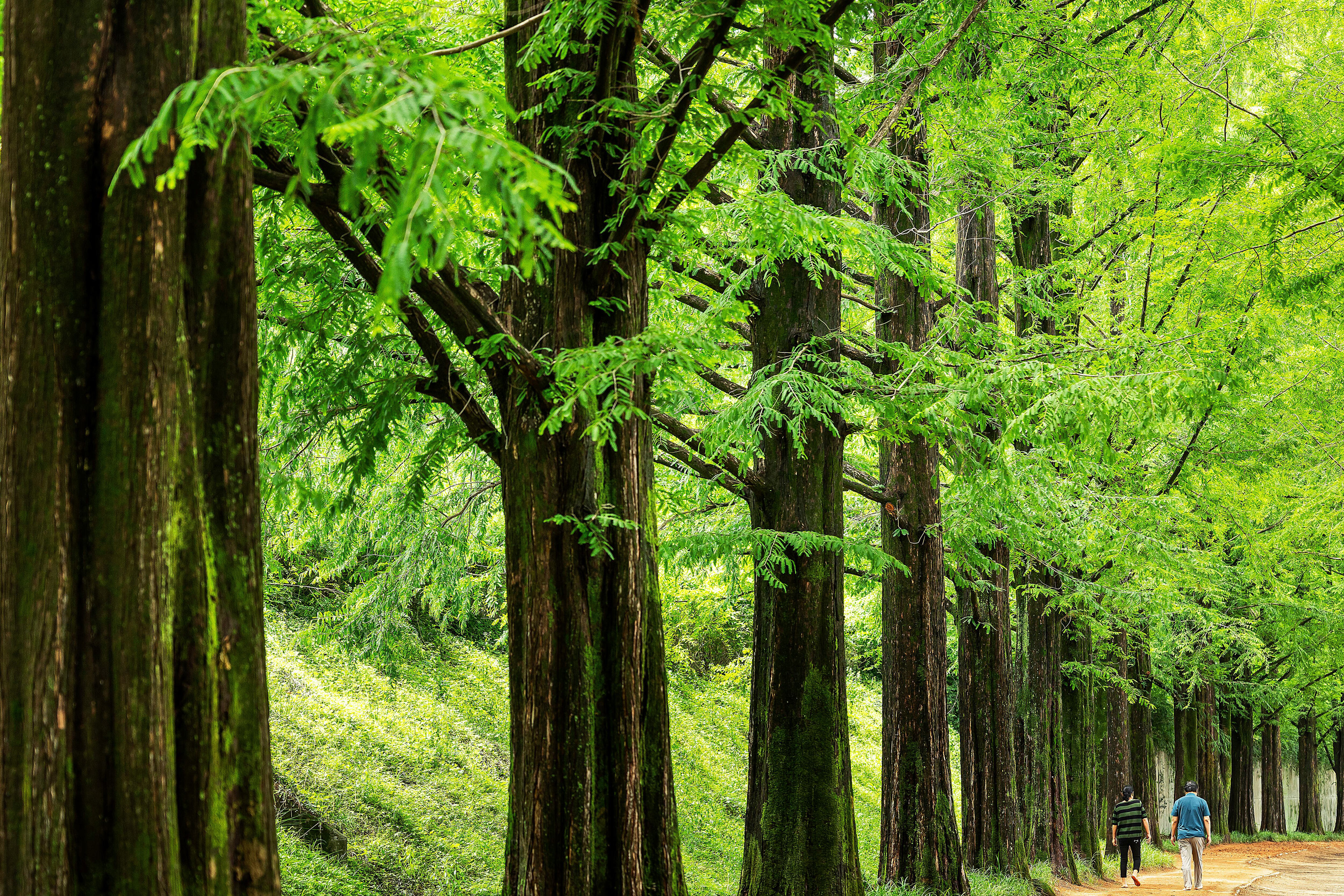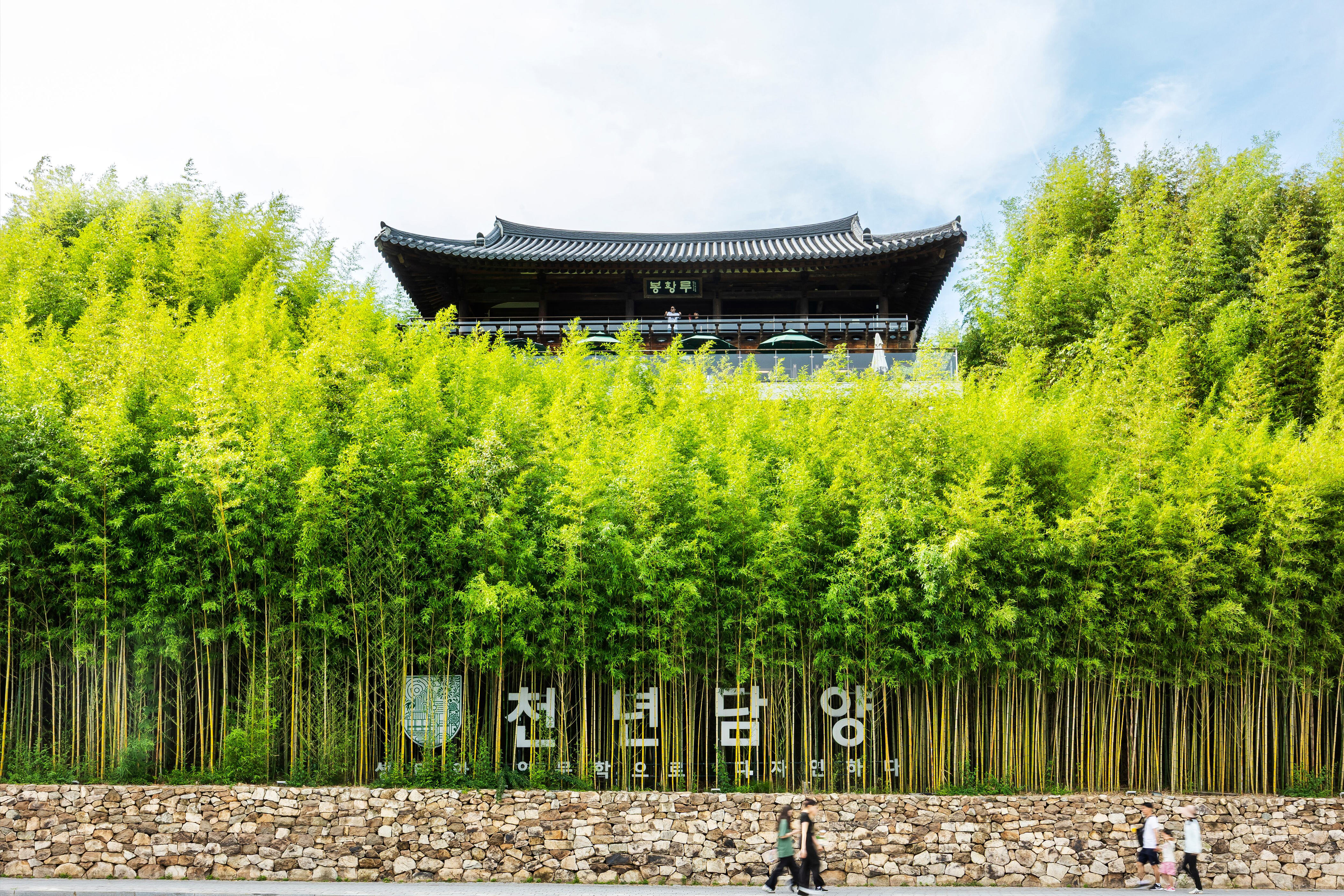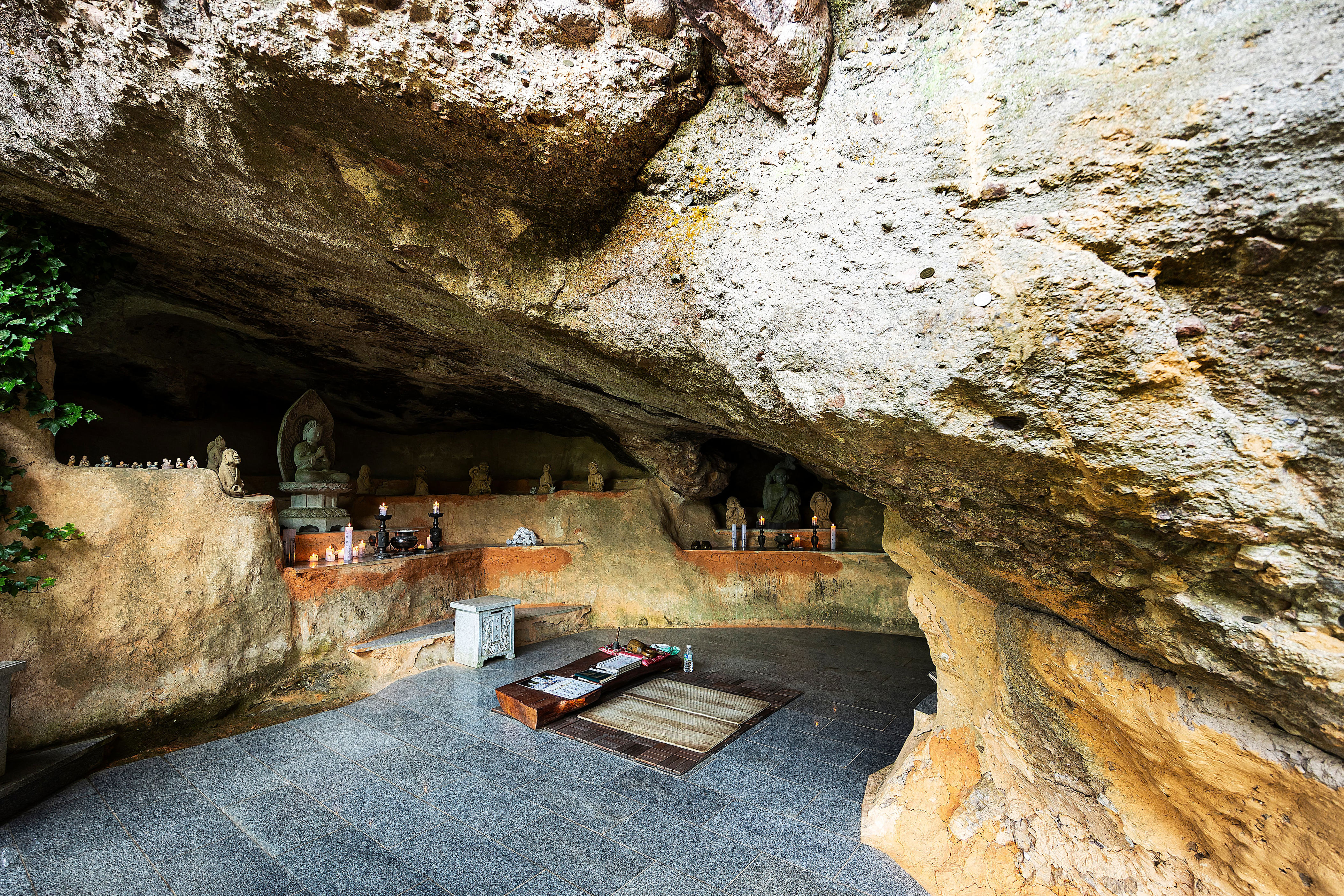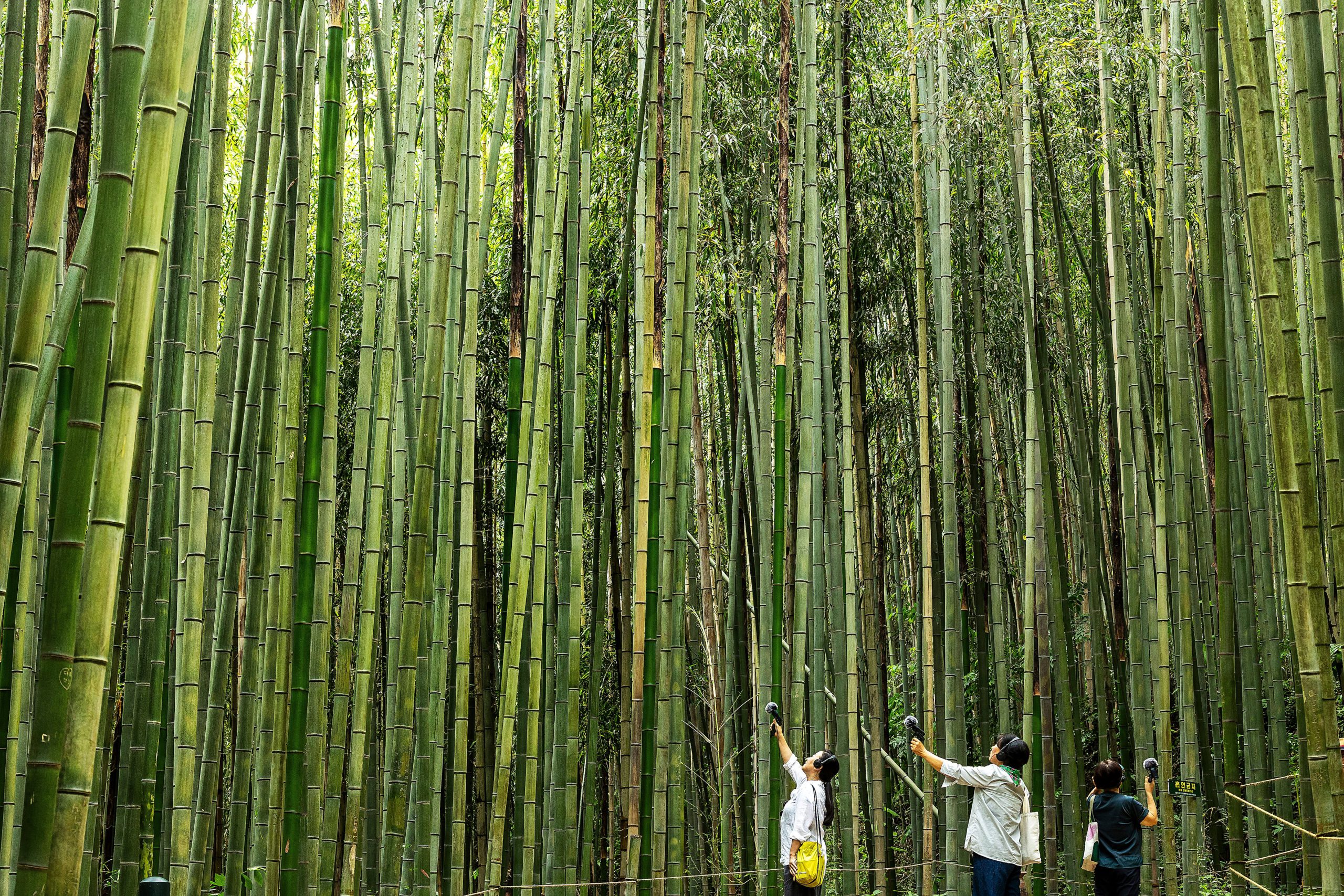Scottish-American environmentalist and author John Muir once said, “The clearest way into the Universe is through a forest wilderness.” In Damyang County, Jeollanam-do, the forests are particularly inviting this time of year. The region is home to what are known as the “three signature forests of Damyang”—Juknokwon (Bamboo Garden), Metasequoia-lined Road, and Gwanbangjerim Forest —all selected as part of the Ministry of Culture, Sports and Tourism’s “Local 100” list of cultural attractions. From a “sound walking” experience immersed in the sounds of nature to walking barefoot along shaded red-clay paths under rows of metasequoia trees, the vibrant forests of Damyang promise a chance to connect with a quiet, self-contained universe.
◇ In search of Damyang’s sounds
When the bamboo groves sway in unison, they create what some call a “green noise.” Sometimes it rustles softly; other times, it whistles sharply through the stalks. The farther one walks from the noise of the everyday world and deeper into the woods, the more the trees and birds seem to whisper back. As one naturally begins to match their footsteps to the rhythm of the forest, the dulled sense of hearing slowly reawakens. In the summer, the 310,000-square-meter Juknokwon Bamboo Forest on the slopes of Seonginsan Mountain in Damyang reveals its unique sonic landscape. For those who find it hard to tune into nature’s subtle symphony, the “Juknokwon Sound Walking” program offers an immersive alternative.
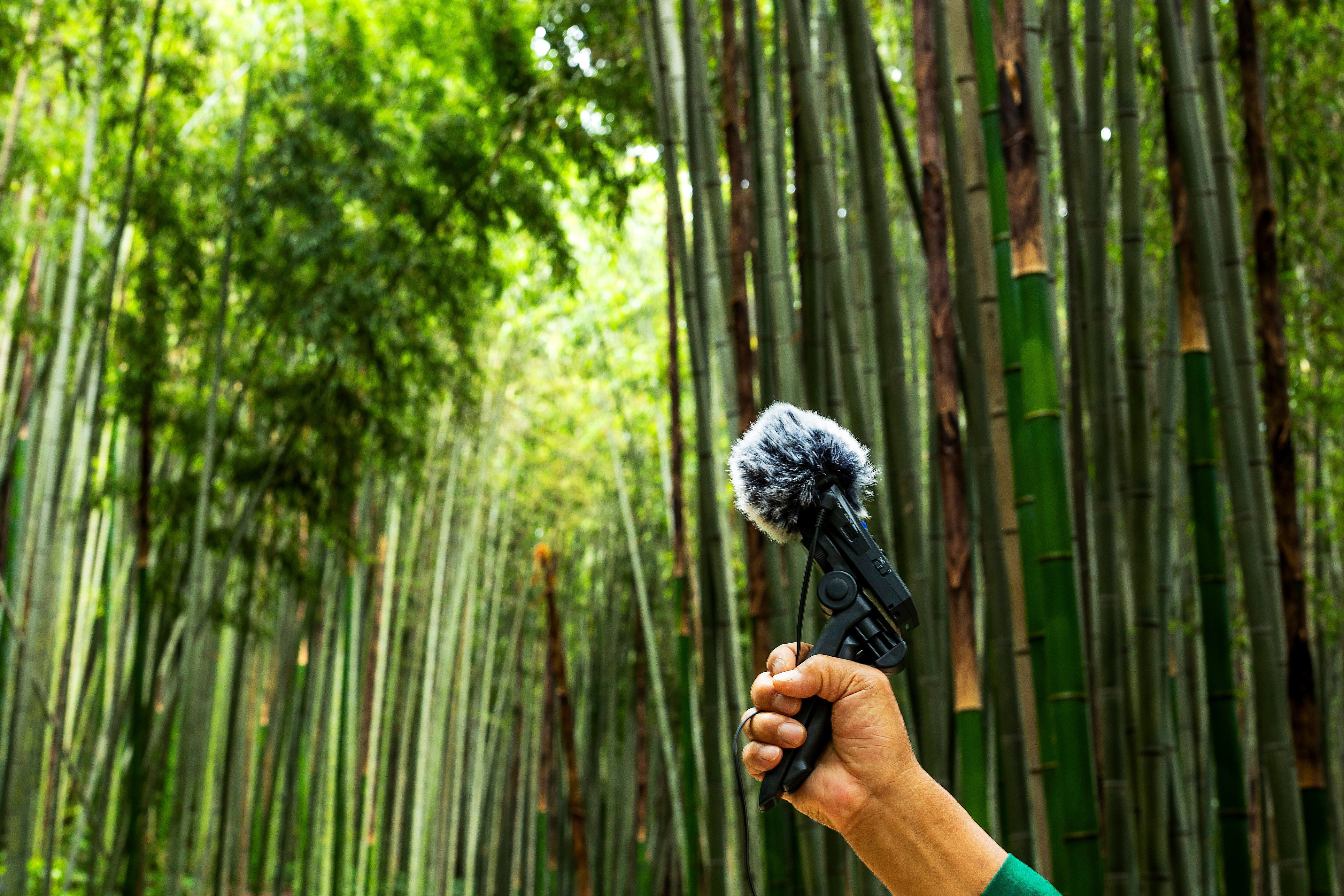
“Sound walking” combines sound and walking into a therapeutic form of eco-tourism, aiming to heal and heighten ecological sensitivity through listening. Often referred to as a “sound stroll,” the concept was introduced in 2022 by the Jeju-based startup The Sound bunker. After pilot programs in cities like Ulsan, Damyang, and Buan for socially vulnerable groups, the experience has gained traction and is expanding to more regions and audiences.
Last year, Damyang County partnered with the GKL Foundation to host a sound walking experience for the visually impaired at Juknokwon. This year, the program has expanded to the general public and will run through December at Juknokwon and Hanjaegol (the latter still in preparation). Among the three available courses—Juknokwon, Hanjaegol, and a combined course—the Juknokwon course launched first. As of mid-June, about 100 people have participated, according to Damyang’s Tourism Department. The program costs 6,000 won ($4.4) per person, which includes a 3,000-won entry fee to Juknokwon and an optional 3,000-won foot bath. The program is available for groups of five or more and operates under safe weather conditions. Reservations can be made via phone at 061-380-3157.
◇ Sound walking in Juknokwon
Juknokwon’s sound walking course covers 1.7 kilometers of the forest’s 2.4-kilometer trail, allowing participants to explore and engage with the bamboo. Before starting, participants are equipped with a directional microphone and headset. On June 22, a rare dry day amid the monsoon season, cultural tour guide Jeon Seon-hee of Damyang County explained, “When you bring the directional microphone close to a sound source, it amplifies it two to three times. Try listening to your footsteps first.”
Following her instruction, participants pointed their microphones downward. Through the headsets, the sound of rustling dirt and crumbling bamboo leaves emerged with startling clarity. Jeon noted, “To the creatures living in the forest, human footsteps sound far louder and more threatening. That’s why you won’t find bird nests or animal dens near frequently trodden paths.”
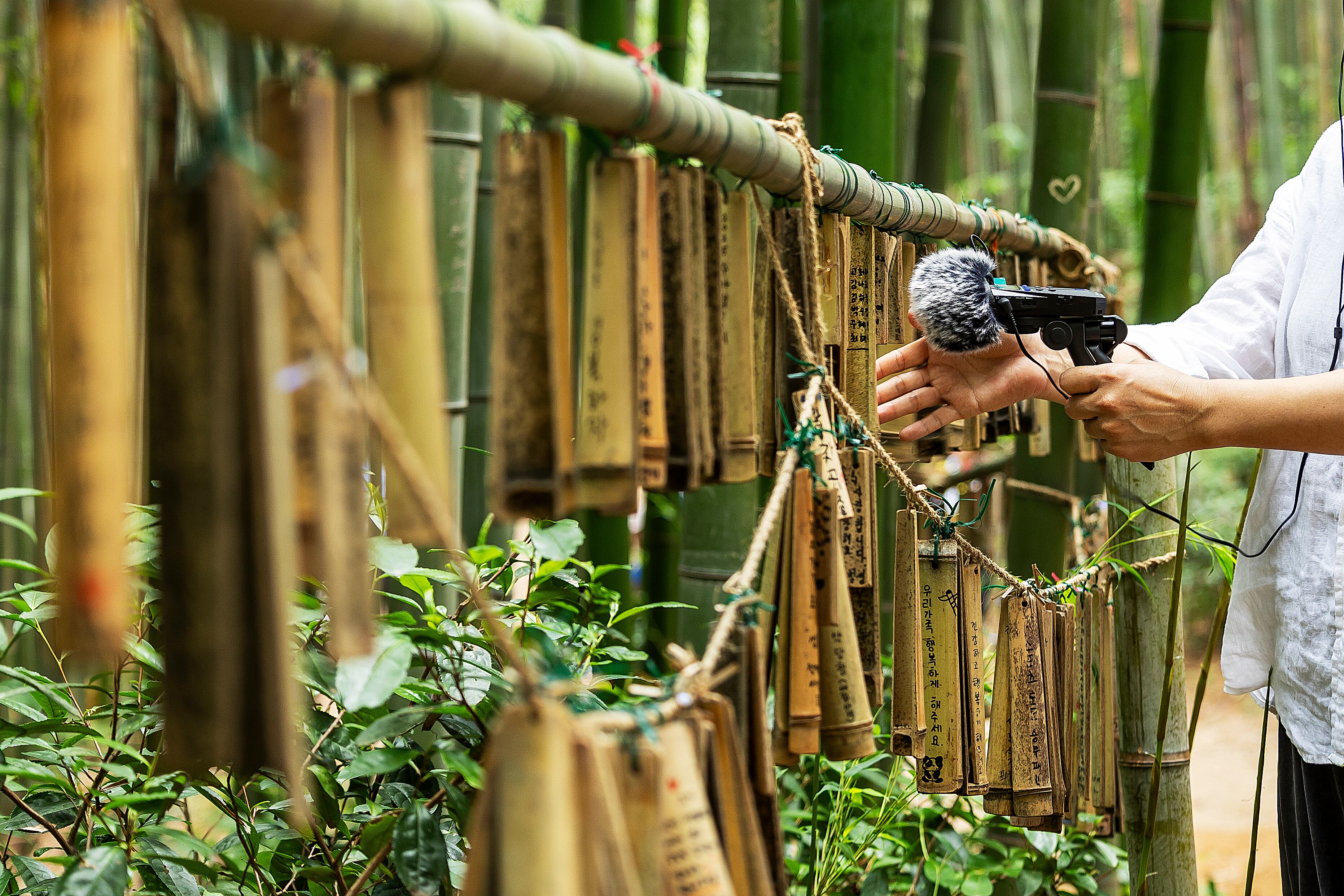
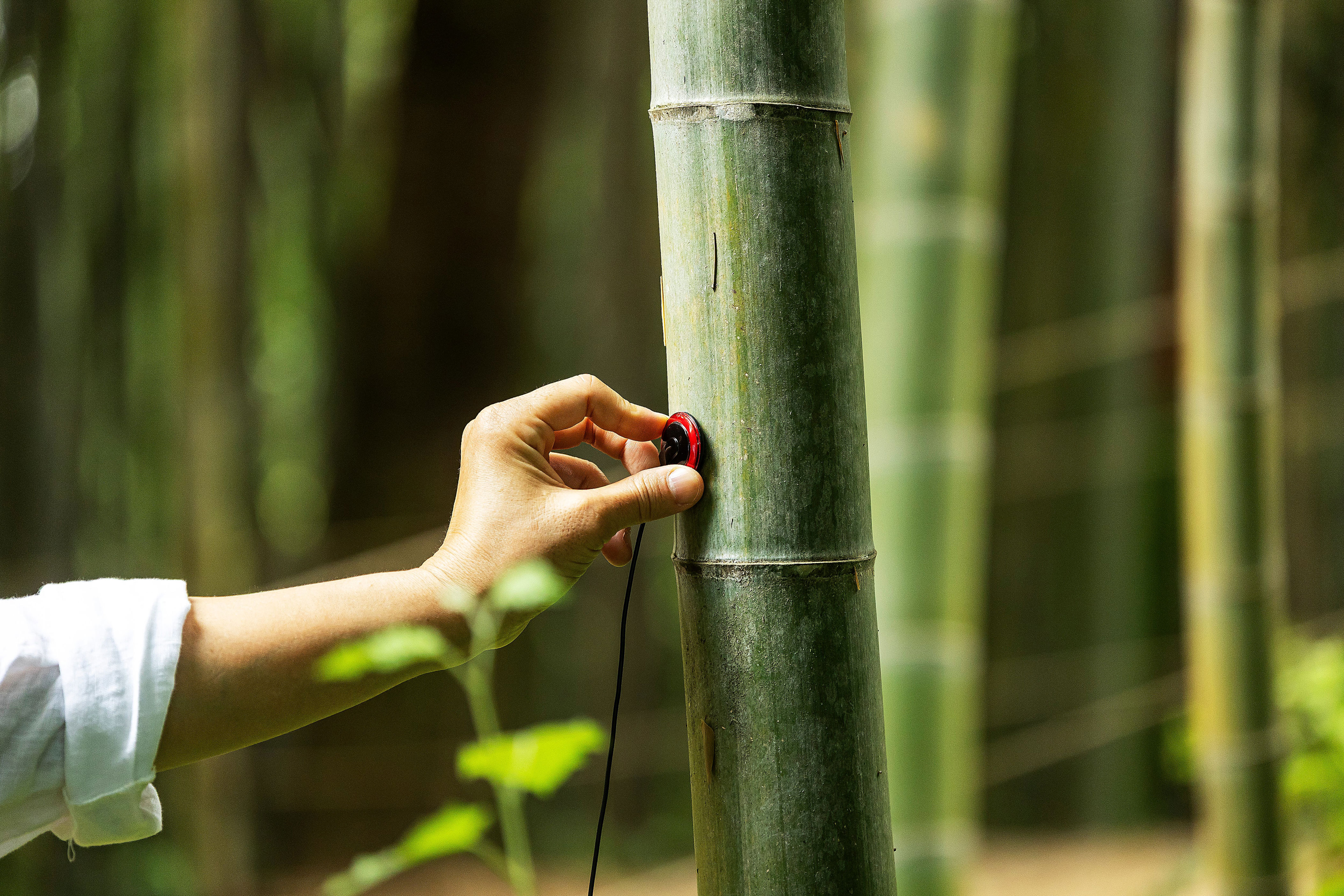
Leaving behind the bustle of weekend tourist groups and entering a quieter stretch of bamboo forest, participants began to capture fleeting sounds. Holding the microphone overhead, one could hear a wood pigeon flap past as though grazing just above their head. Following the sound of water, they eventually arrived at Jukrim Falls. Throughout the bamboo grove, a rich array of ASMR-like sounds offered a multi-sensory feast. Resting in a pavilion while gazing at the dense stalks, or spacing out beside the waterfall, participants found a tranquil ending in the program’s final foot bath segment. “Sound walking in a bamboo forest like this, rich in negative ions and oxygen, is a deeply healing experience,” Jeon said. “Even without specialized equipment, a walk in the early morning in a quiet forest will reveal sounds you’ve long overlooked.”
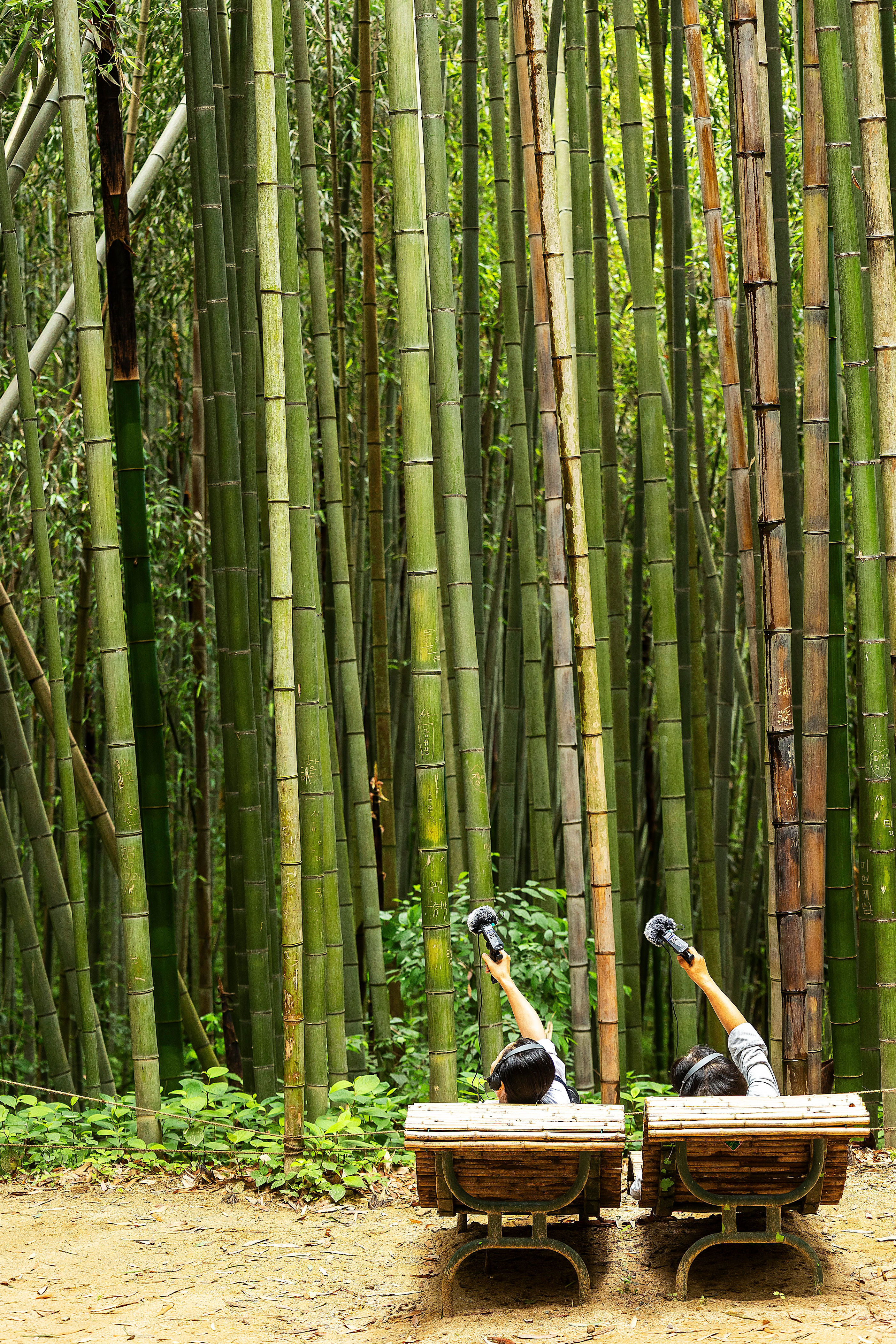
After the program, visitors are encouraged to explore one of the eight themed walking paths in Juknokwon, such as “Good Luck Road,” “Lover’s Lane,” “Philosopher’s Road,” or “Scholar’s Road.” On rainy days, visitors can take in a digital art display of a phoenix soaring between bamboo stalks at the media art center or sip bamboo leaf tea, lattes, or ice cream at the traditional hanok-style cafe ChuWoldang.
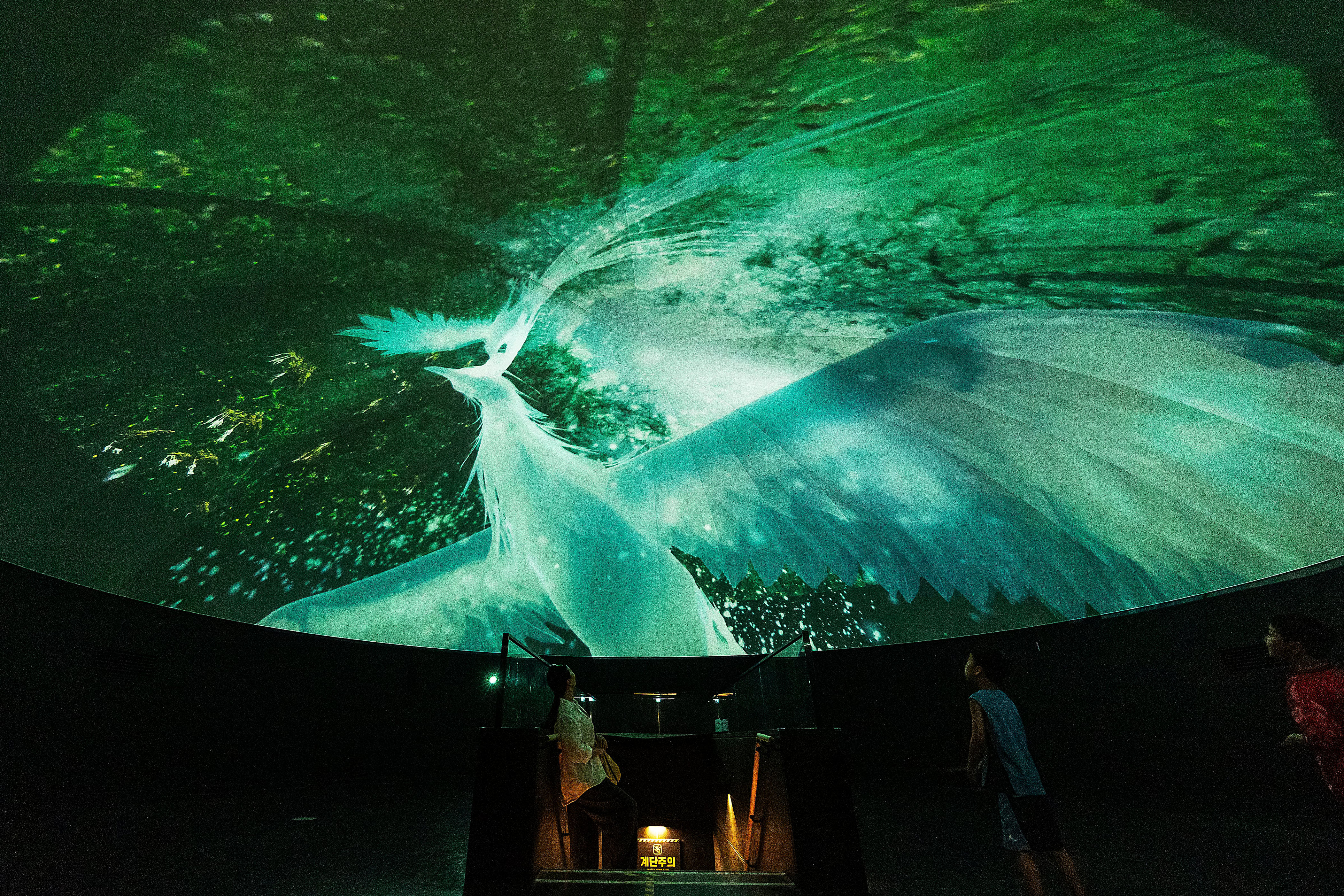
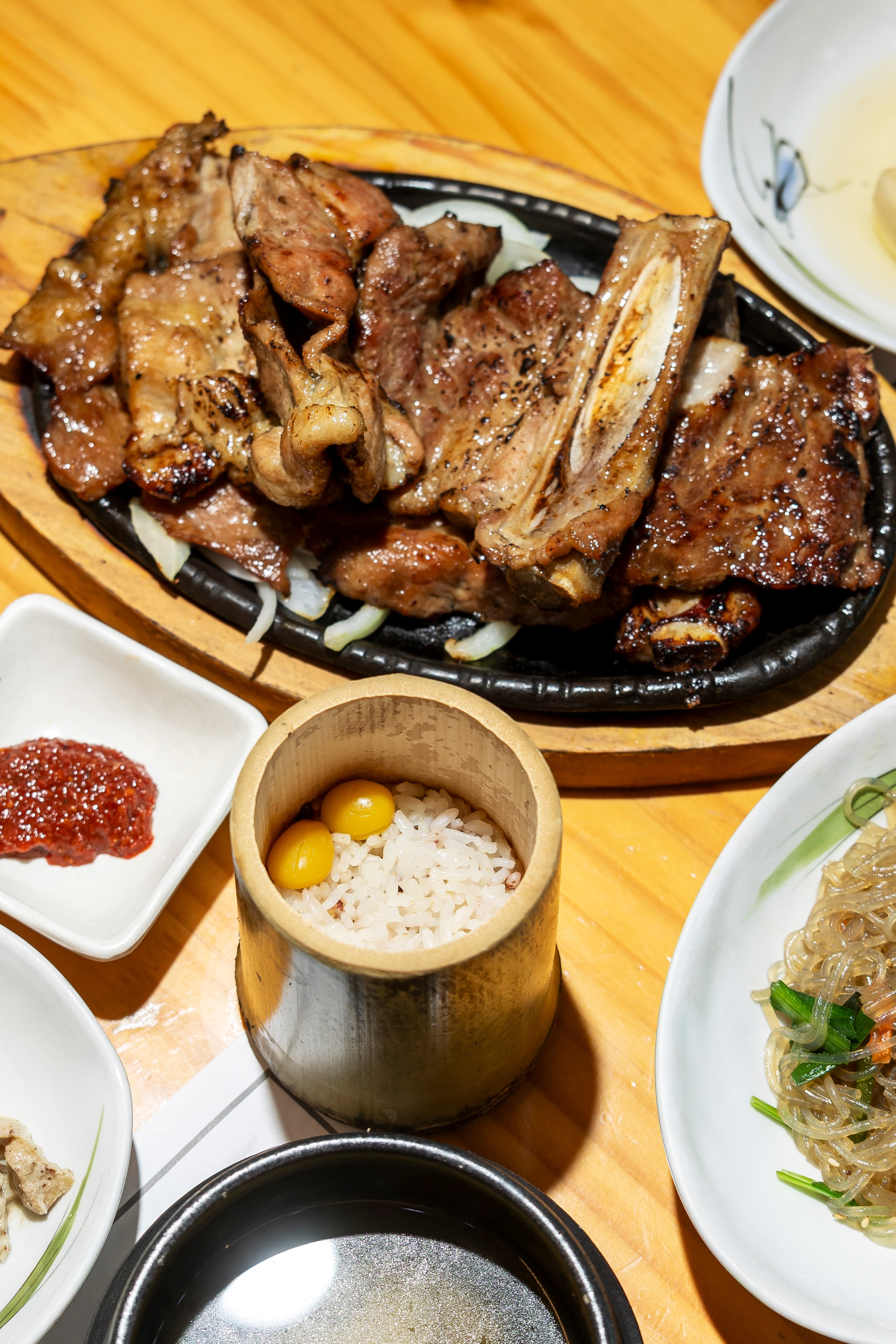
Damyang is a place where bamboo forests and villages embrace each other. After leaving Juknokwon, a meal of bamboo shoot side dishes and
Daetongbap
(steamed rice in bamboo) is a delicious way to end the visit—perhaps with a wish that everything ahead unfolds smoothly. (
Daetongbap
shares the same pronunciation as
daetong
, a Korean word meaning things opening up broadly and flowing without hindrance, so it is often enjoyed as a symbolic wish for smooth progress and success.)
◇ Barefoot in the Metasequoia and beyond
While Juknokwon evokes a serene, Eastern aesthetic, Damyang’s Metasequoia-lined Road offers an exotic forestscape. Known as Metasequoia Land, this area has served as a backdrop for films, dramas, and advertisements for years. Lined with ancient metasequoia trees, sometimes called “living fossils” alongside ginkgo trees, the site has earned numerous accolades, including the 2002 Grand Prize for Korea’s Most Beautiful Tree-Lined Road, a spot on the 2007 list of Korea’s 100 Most Beautiful Roads, and designation as a National Forest Cultural Asset in 2015.
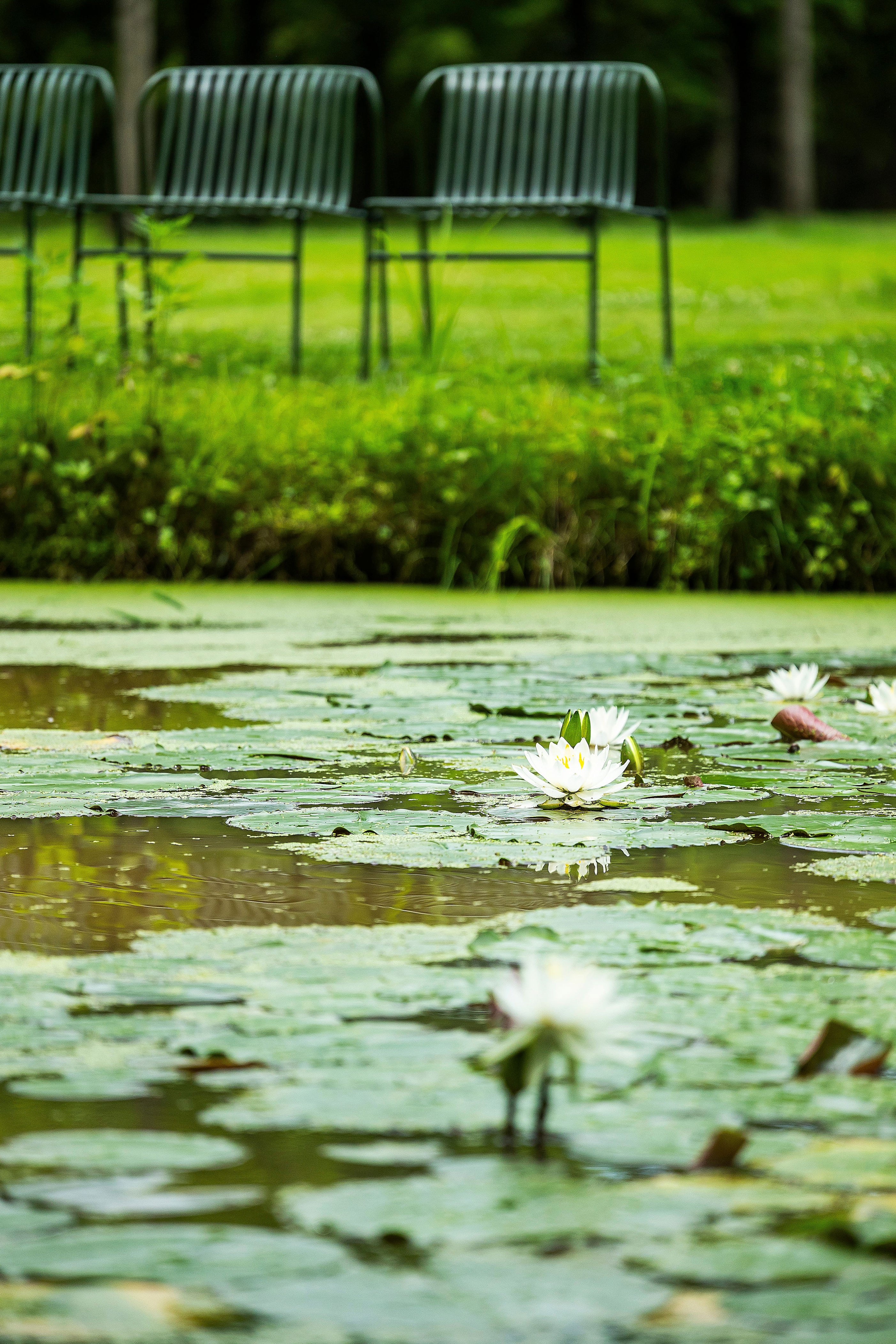
The metasequoia road dates back to 1972, when Damyang County planted 1,300 five-year-old saplings along a 5-kilometer stretch of National Route 24, from the county office to Wonyul Samgeori in Geumseong-myeon. The trees were later extended and maintained along key roads connecting Damyang-eup, turning the area into a picturesque boulevard. However, in 2000, the road faced destruction due to an expansion project on the Gwangju-Sunchang route. Community members and local organizations intervened to create a bypass, preserving the iconic trees.
Today, the 2.1-kilometer-long, 2-meter-wide red-clay trail beneath the towering trees has become a popular destination for barefoot walking. On rainy days, the clay softens, drawing spontaneous walkers who eagerly kick off their shoes to feel the earth beneath them. In summer, even the people walking the trail seem to become part of the landscape.
